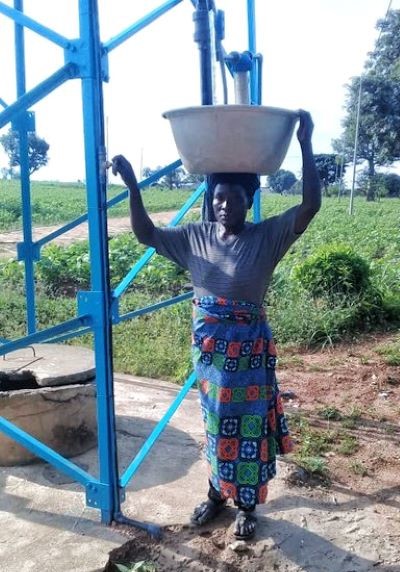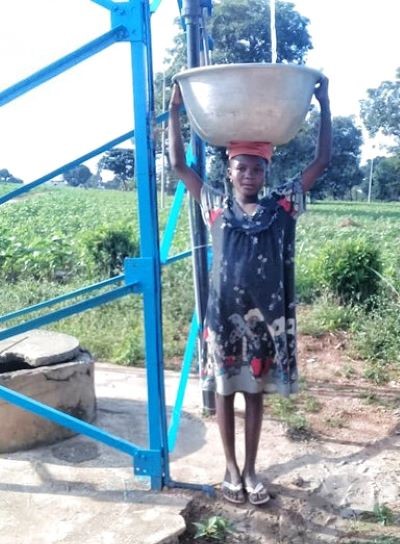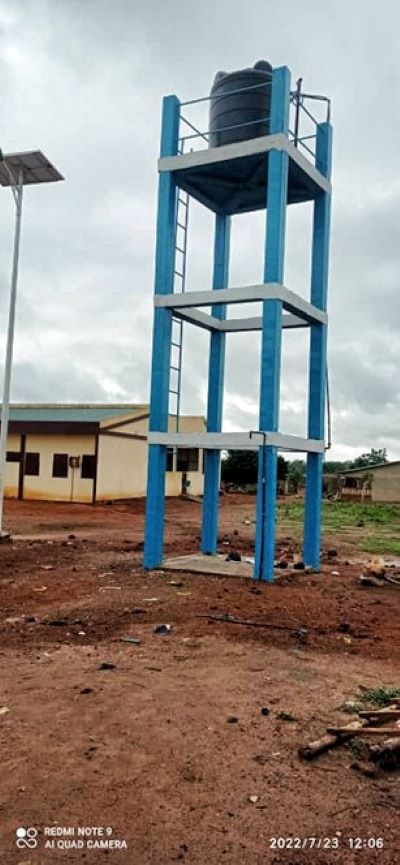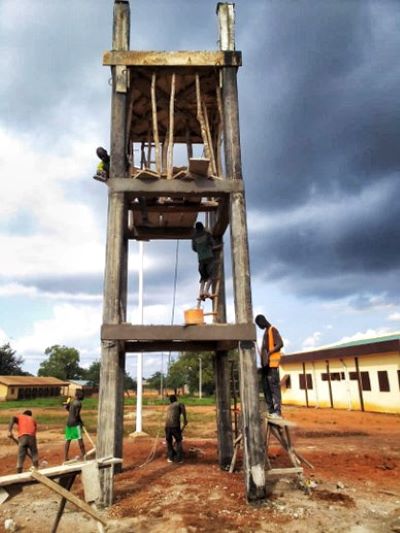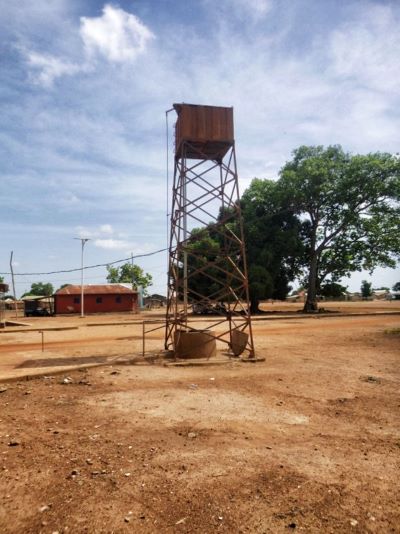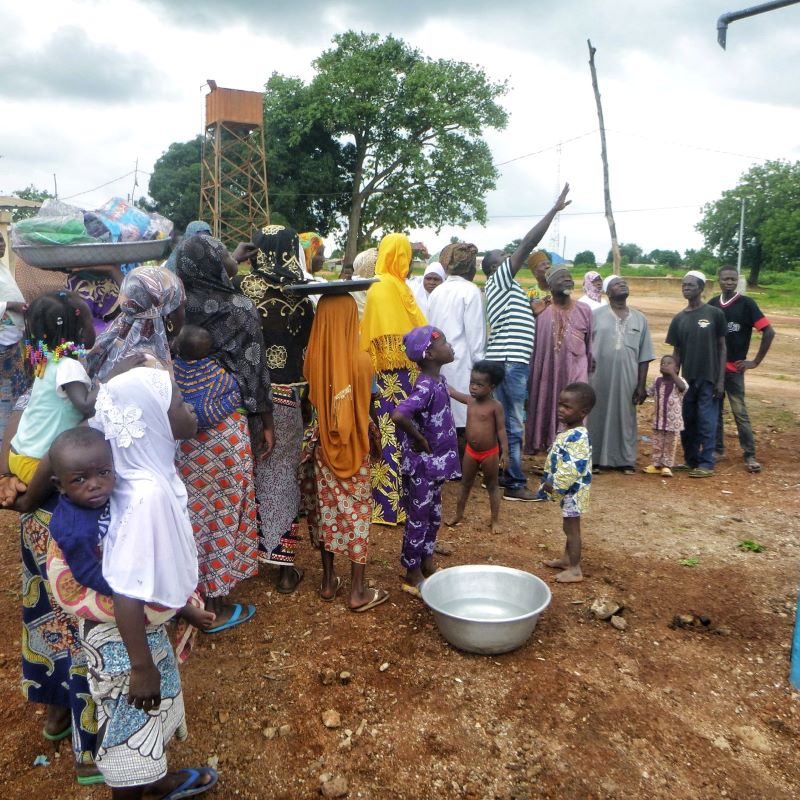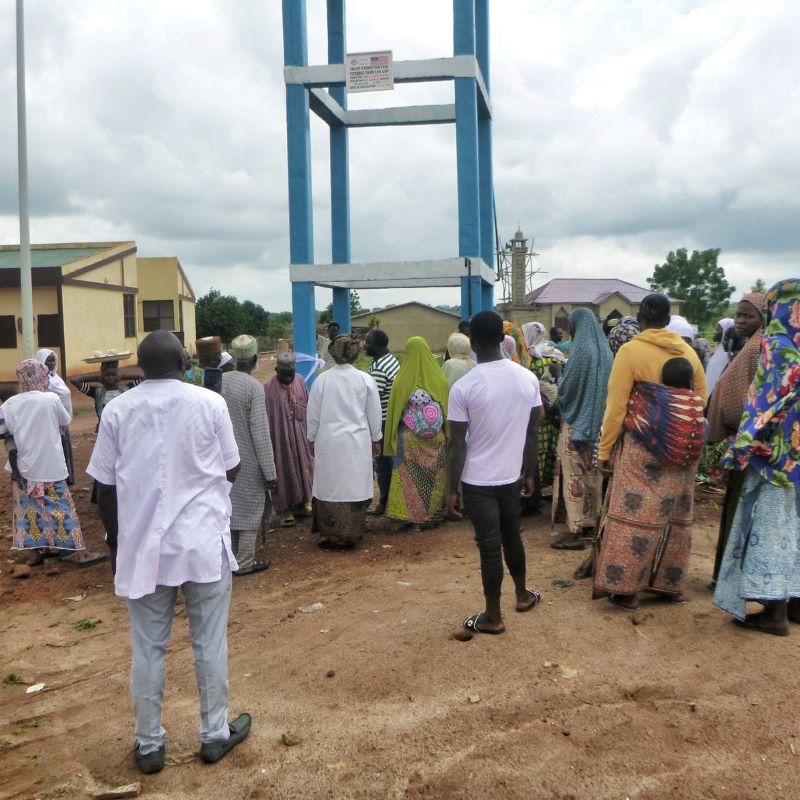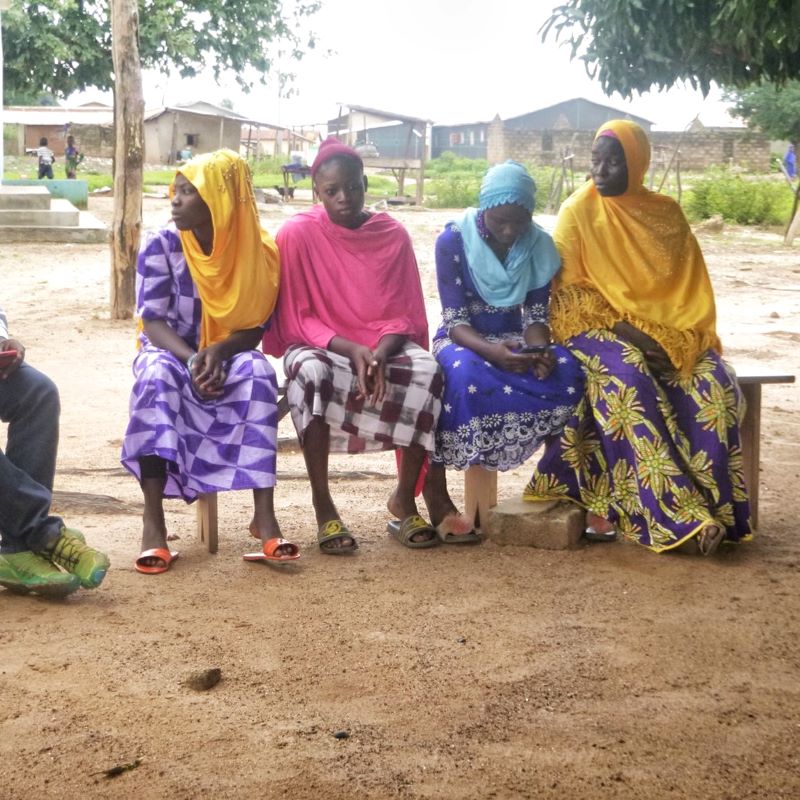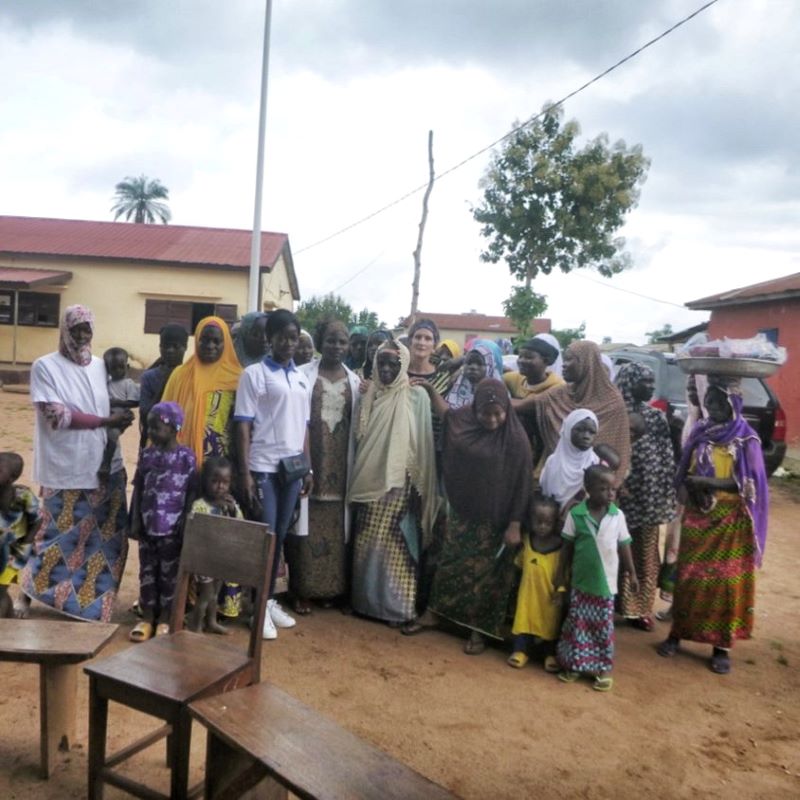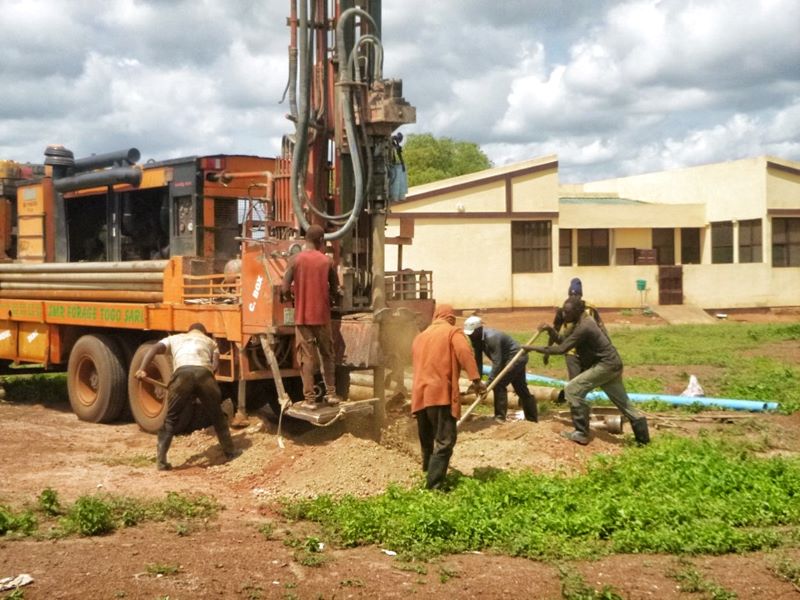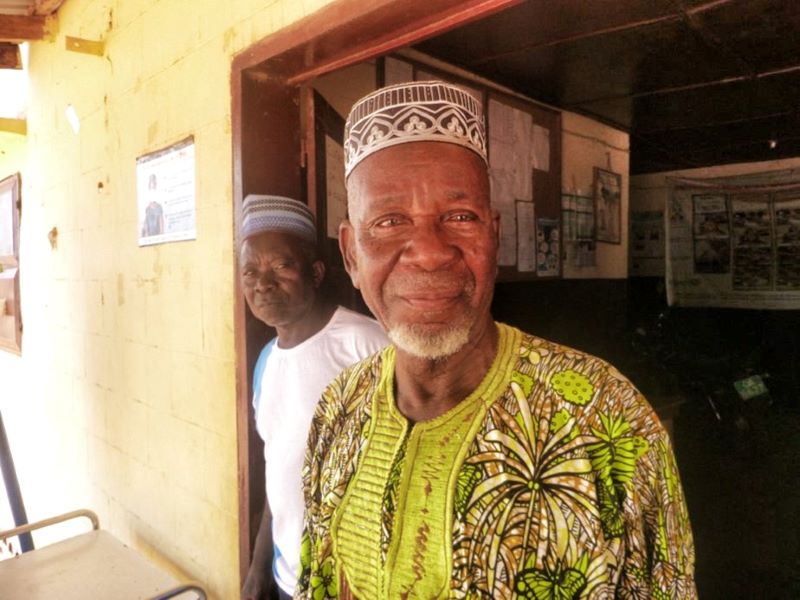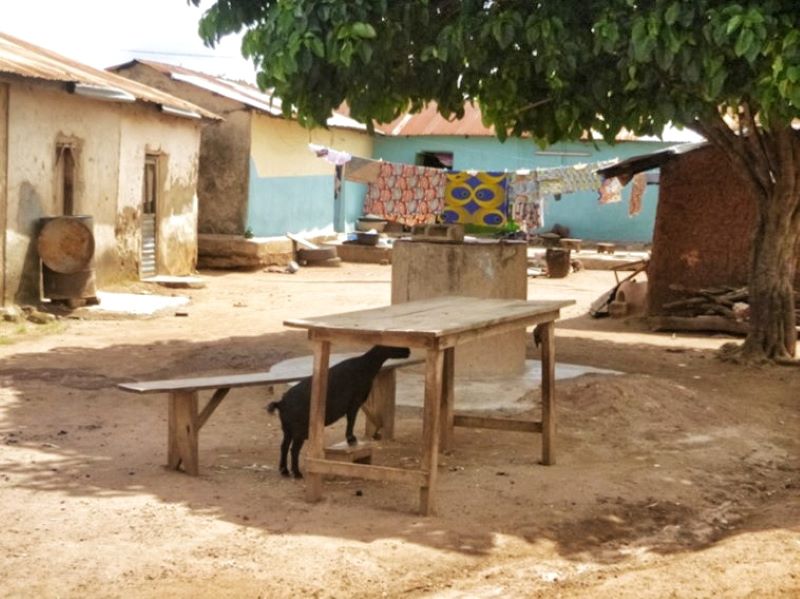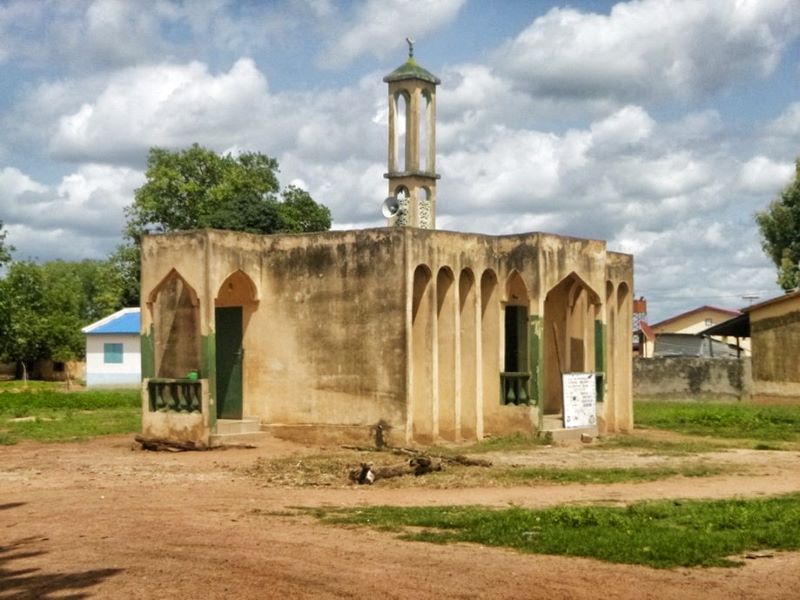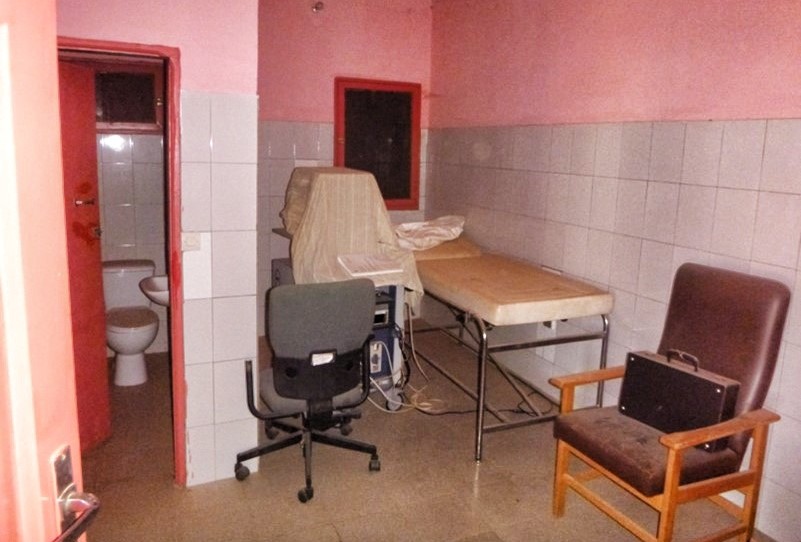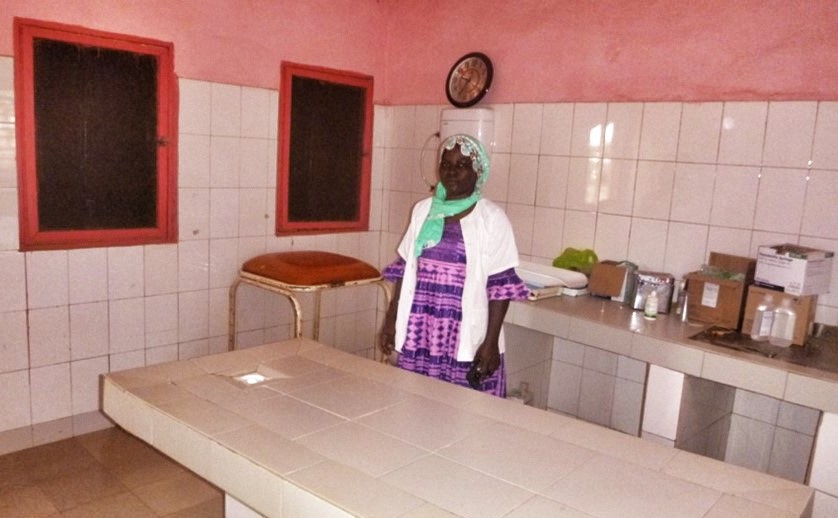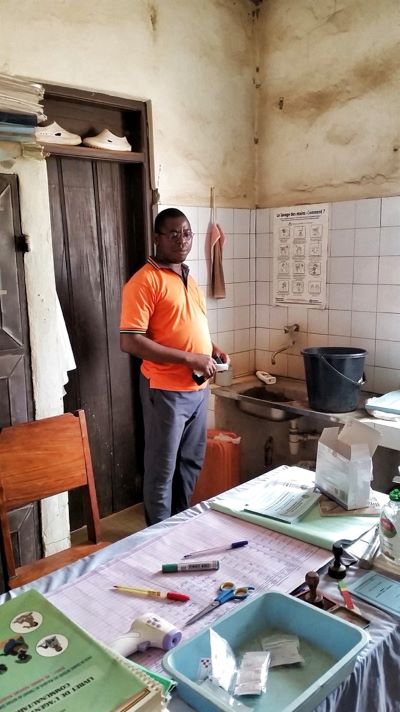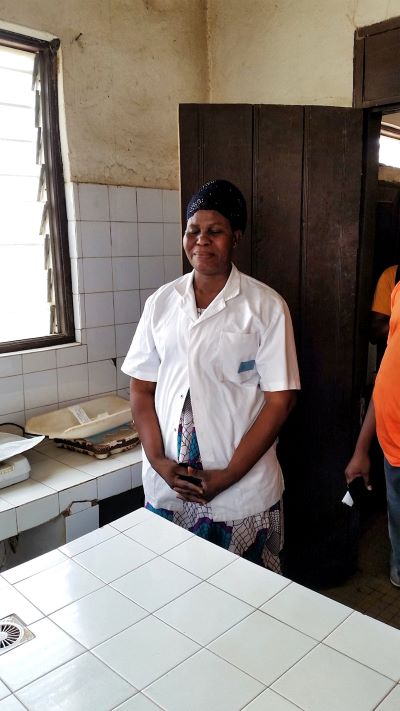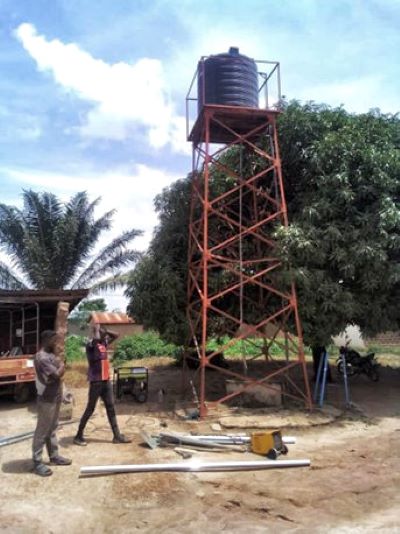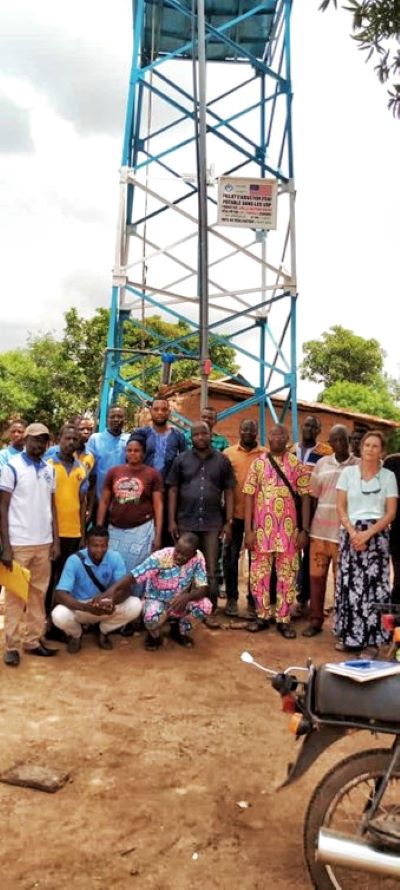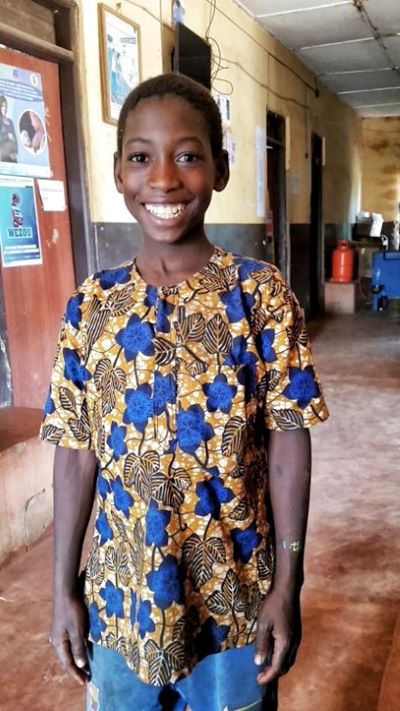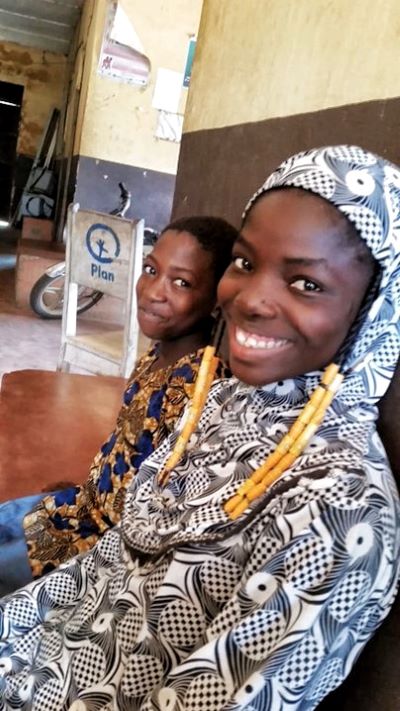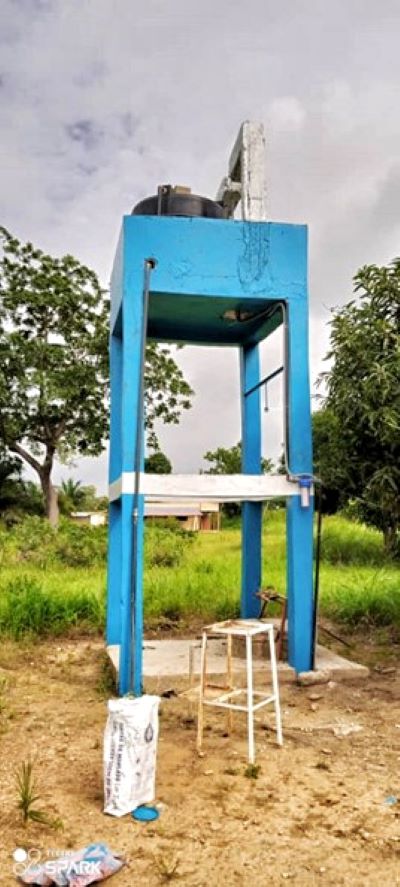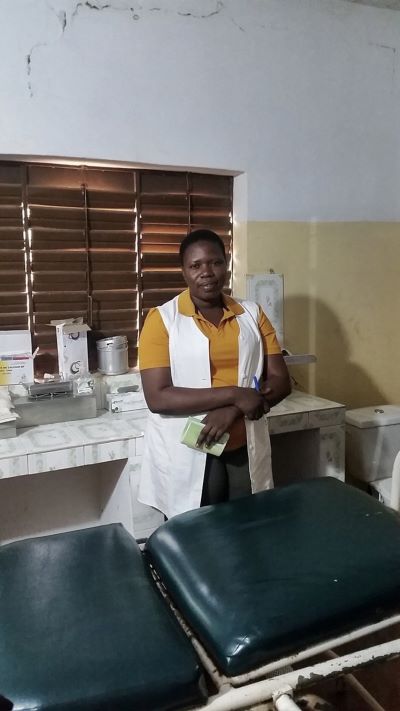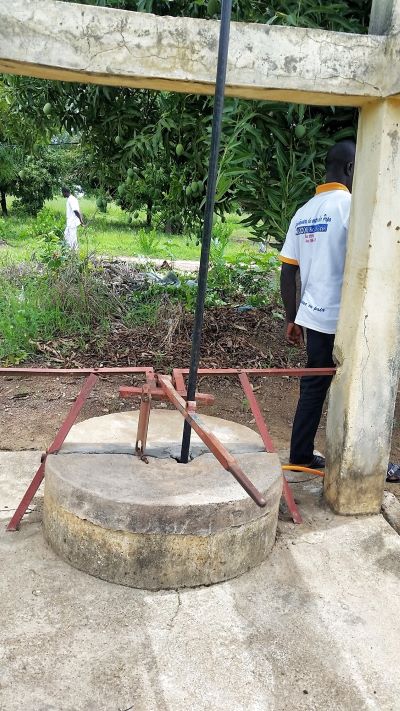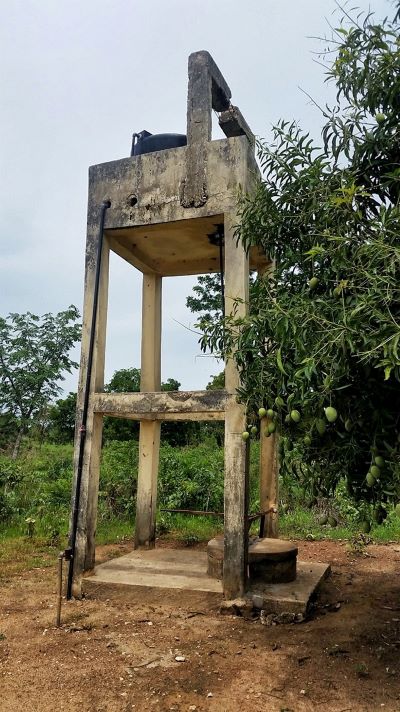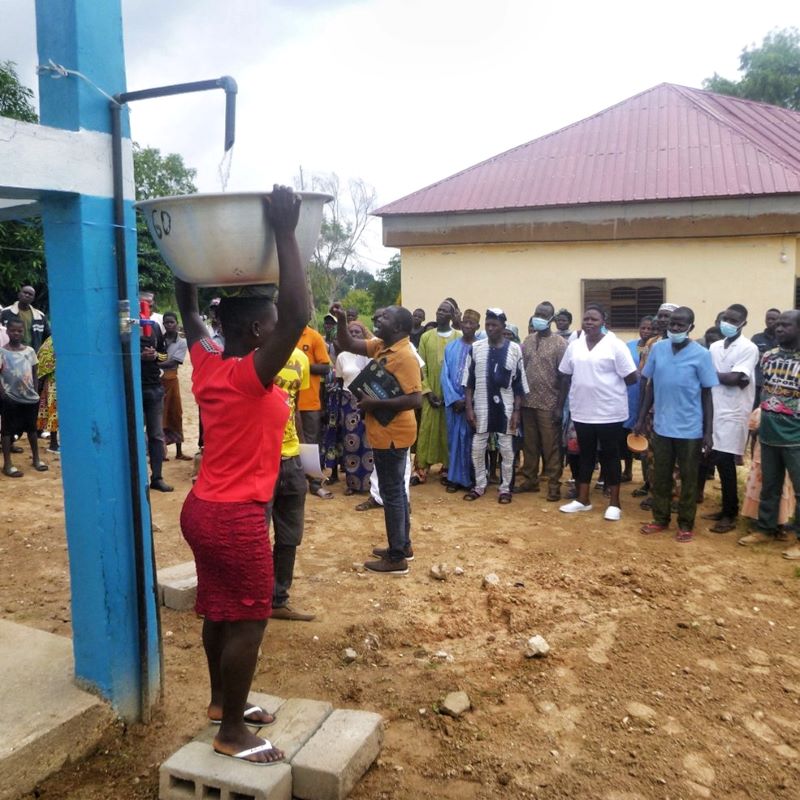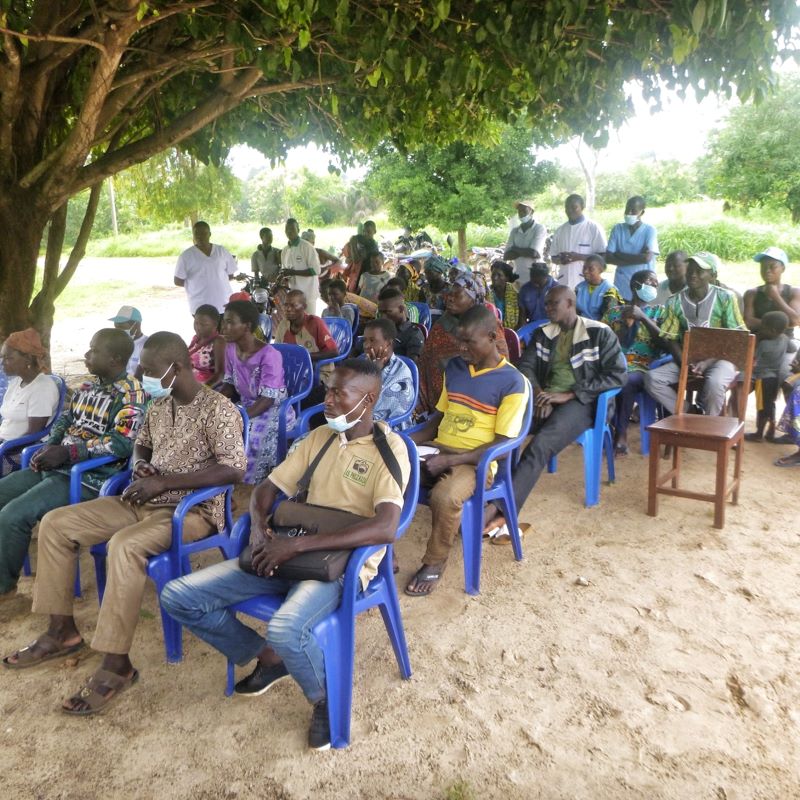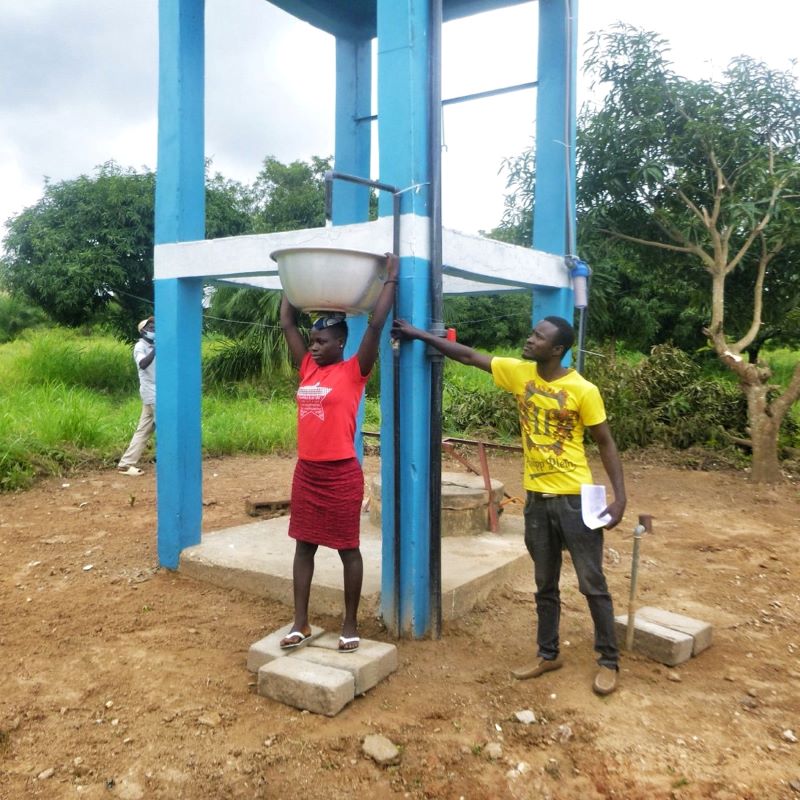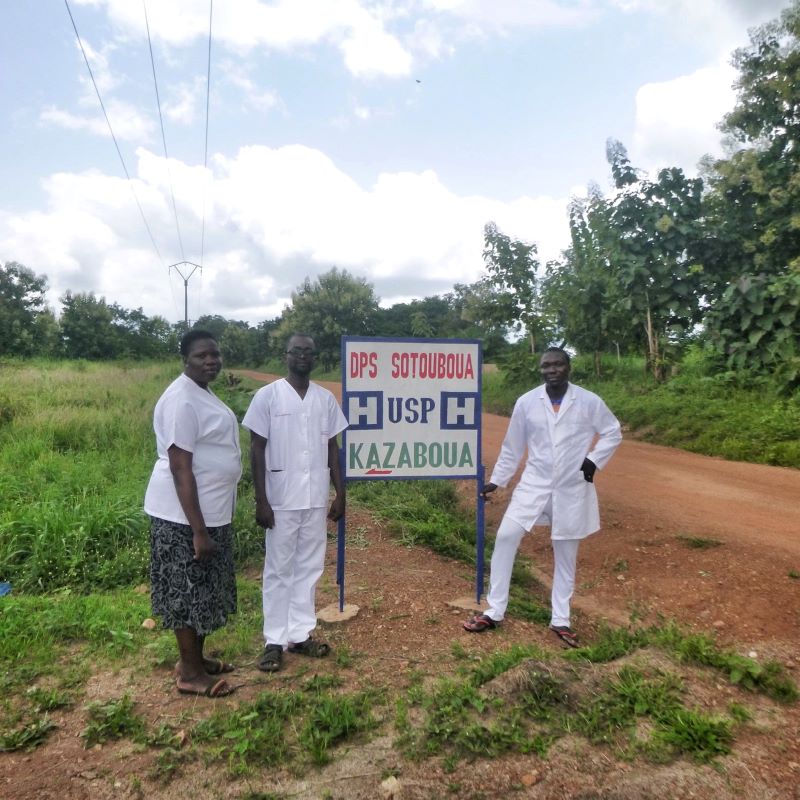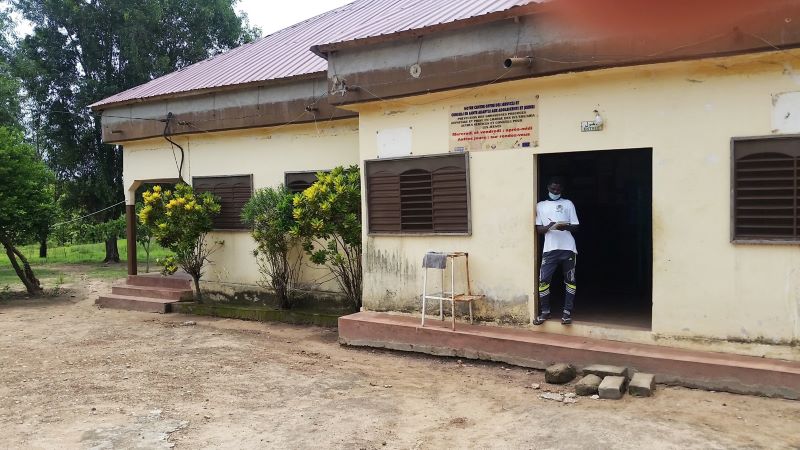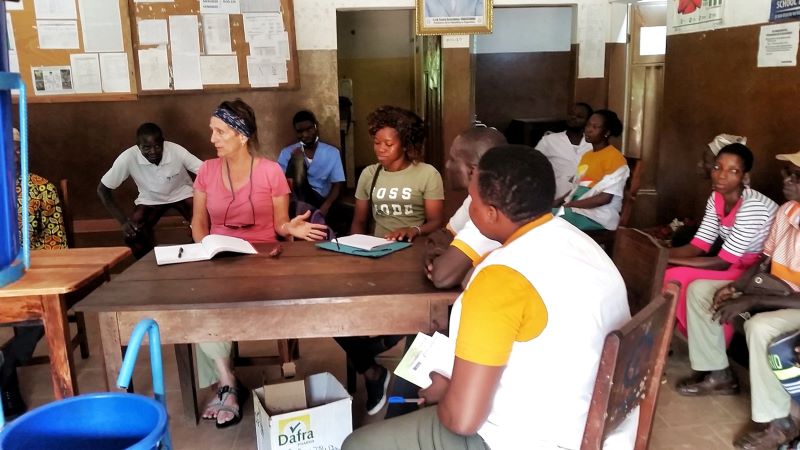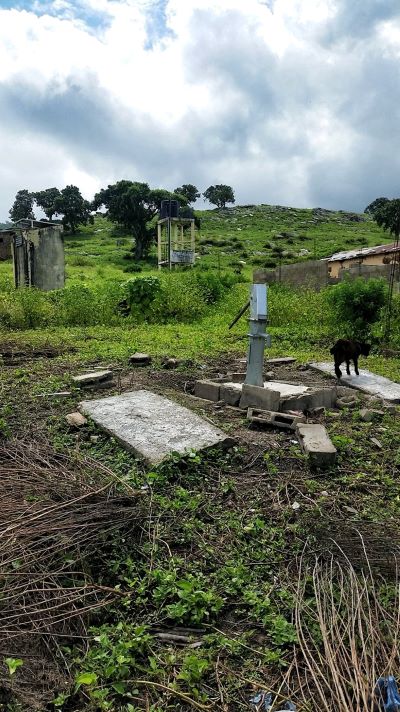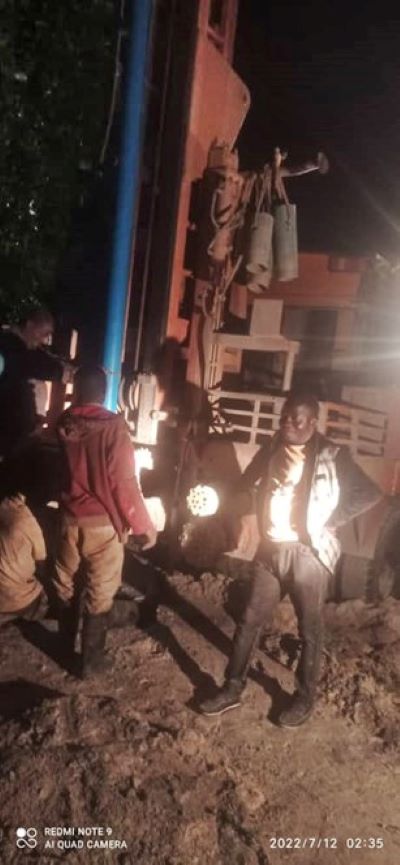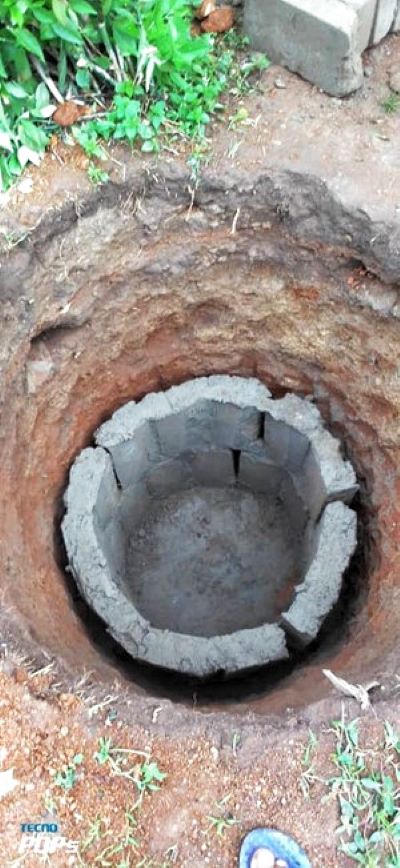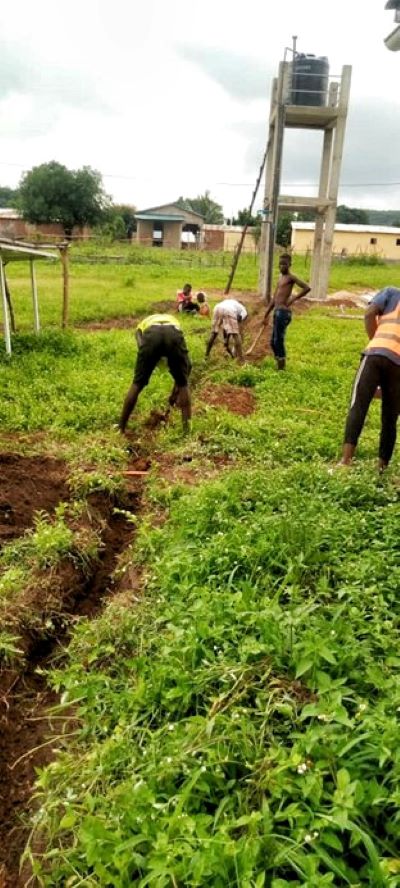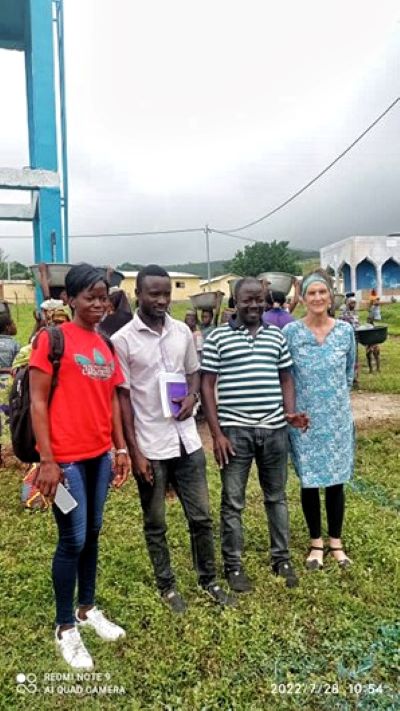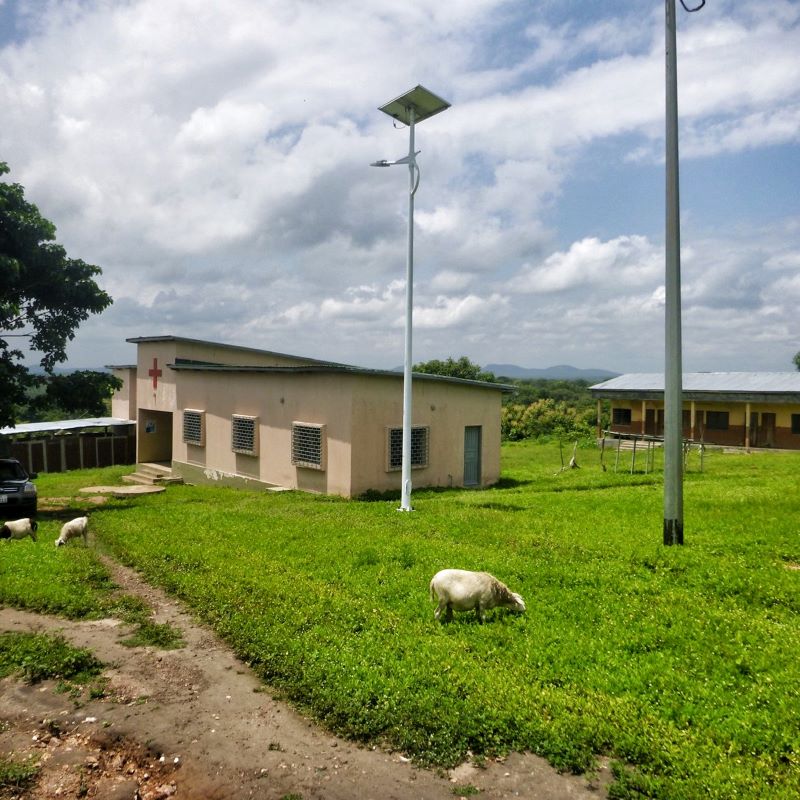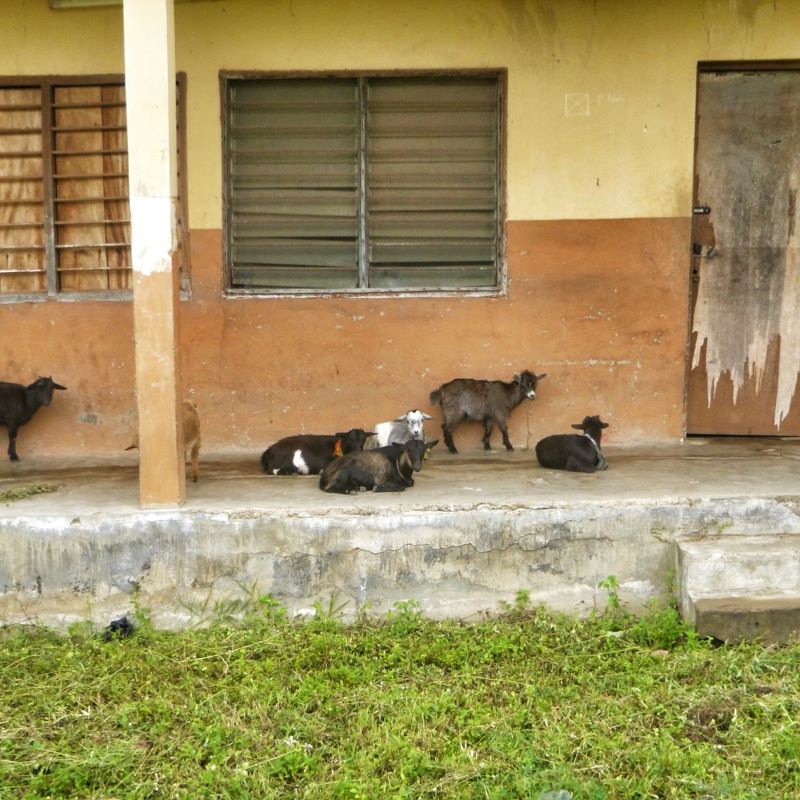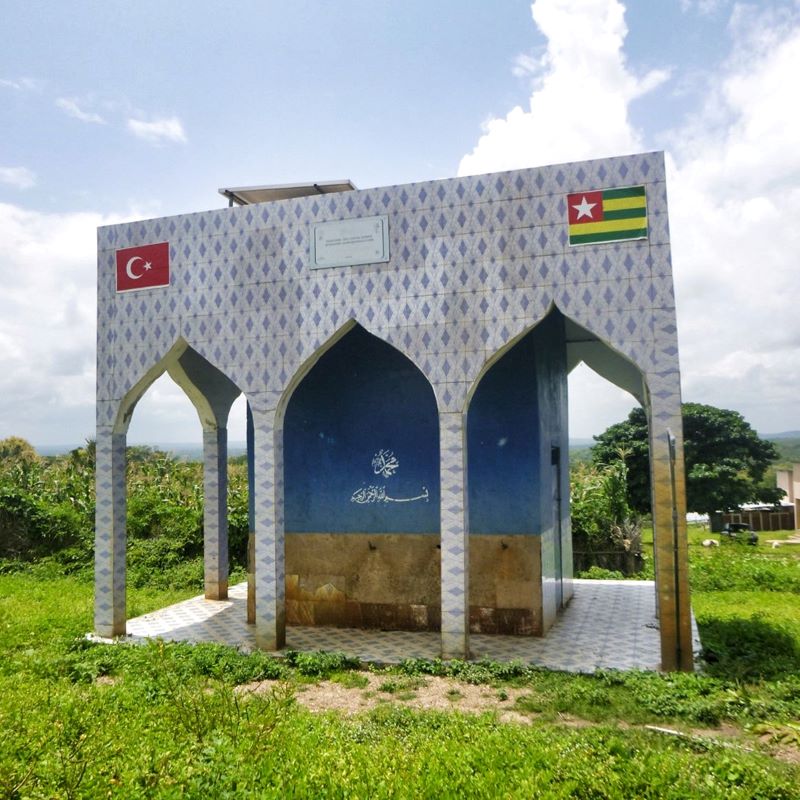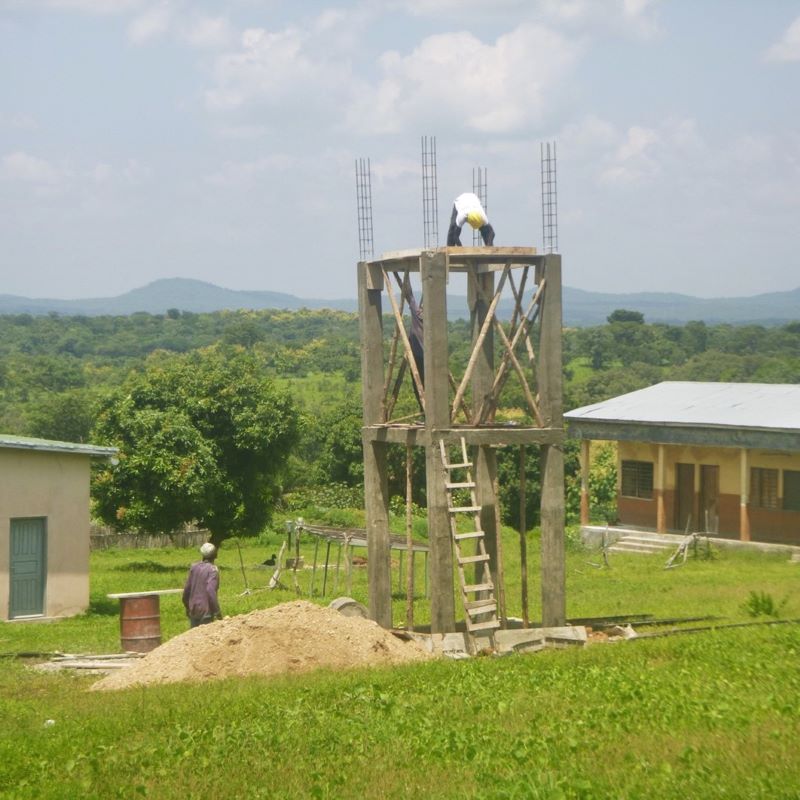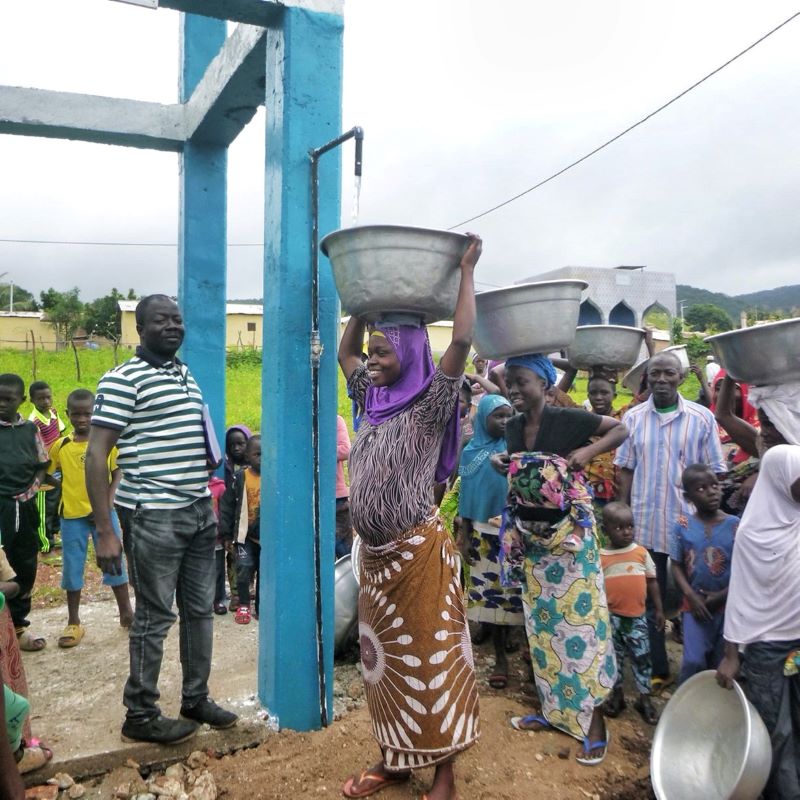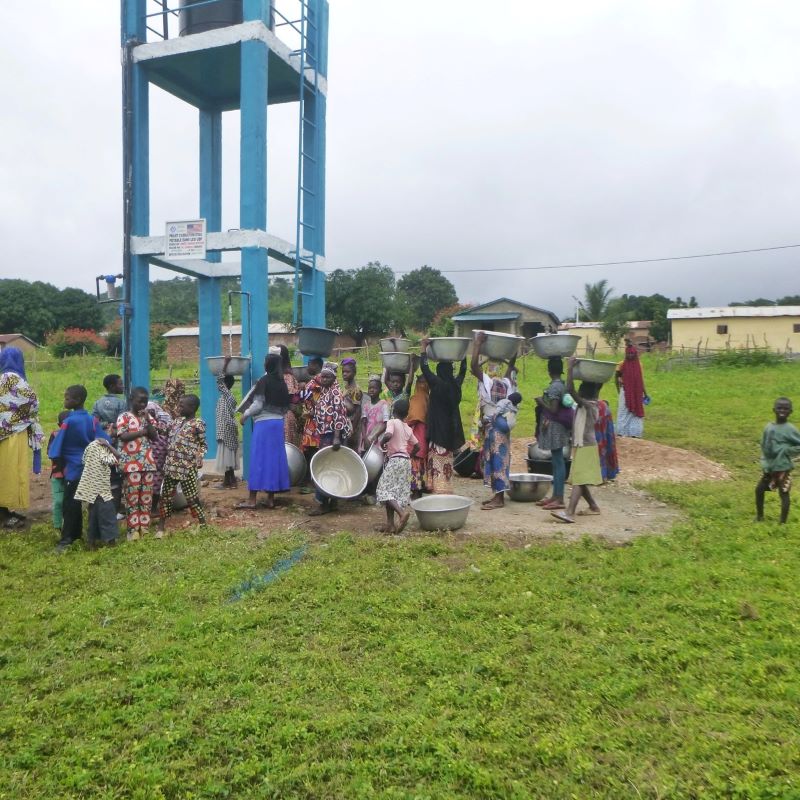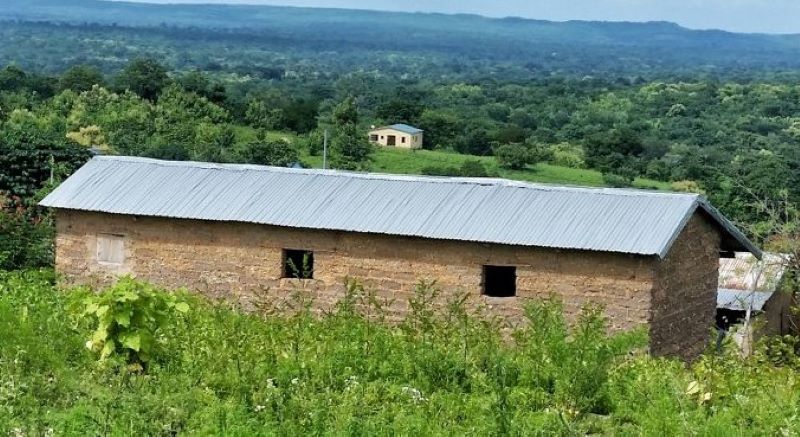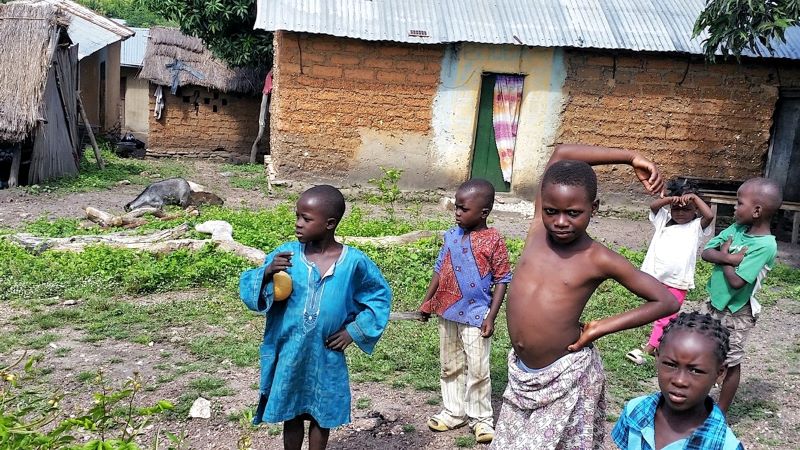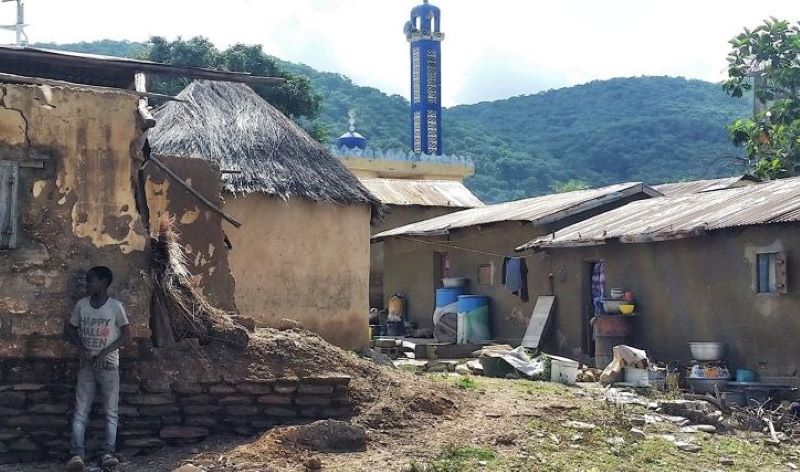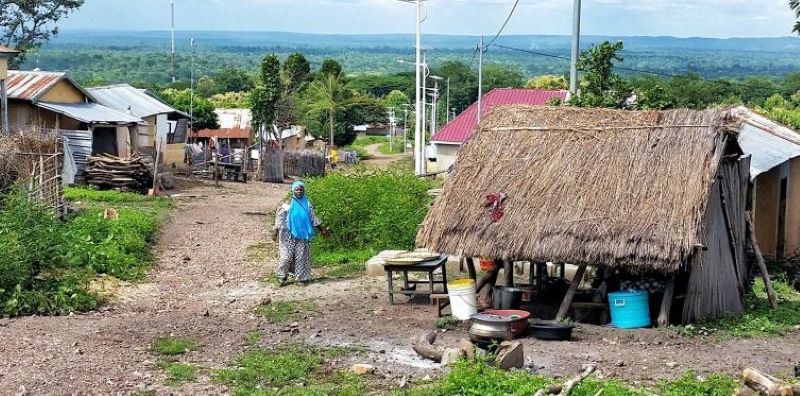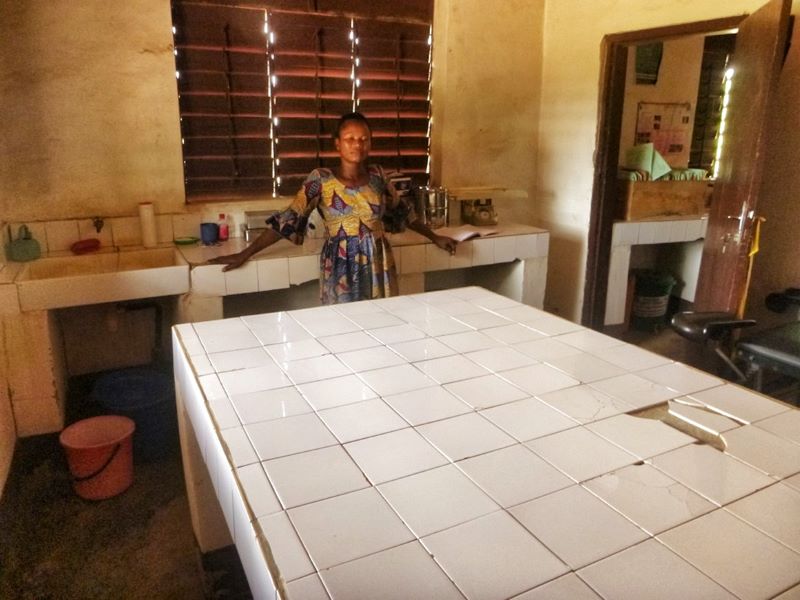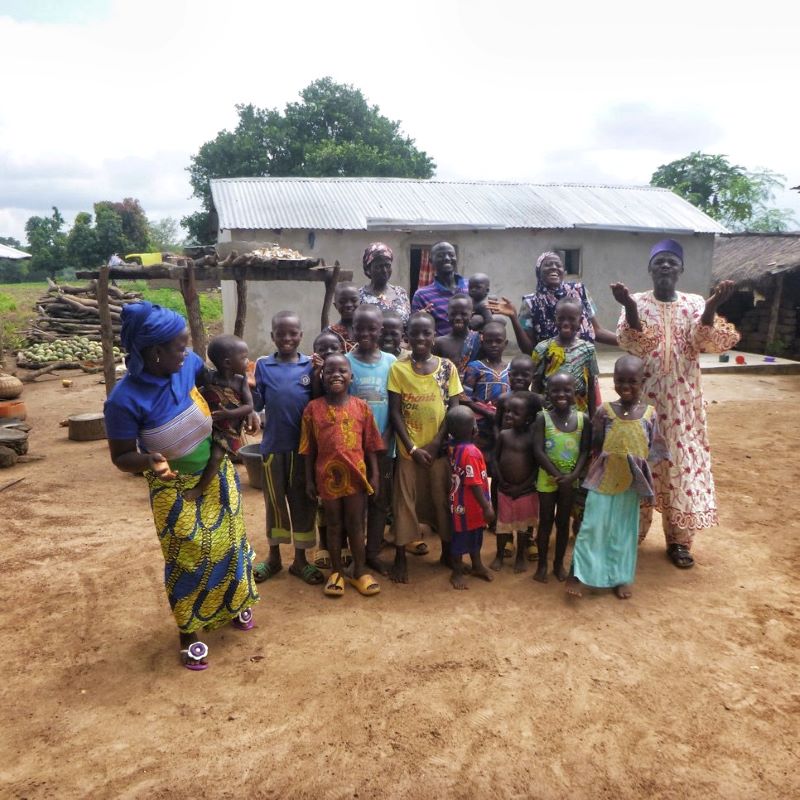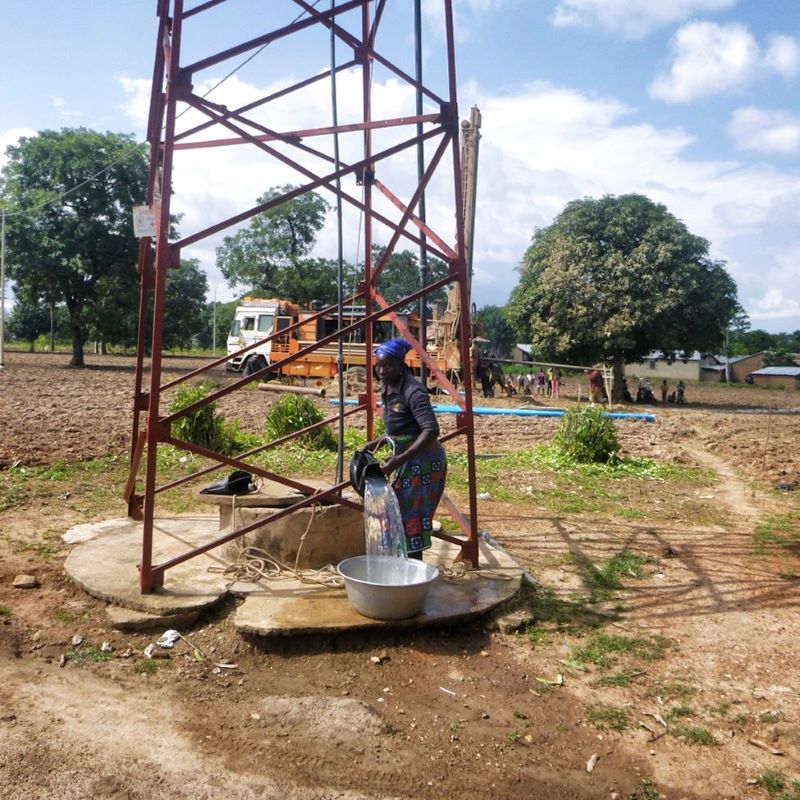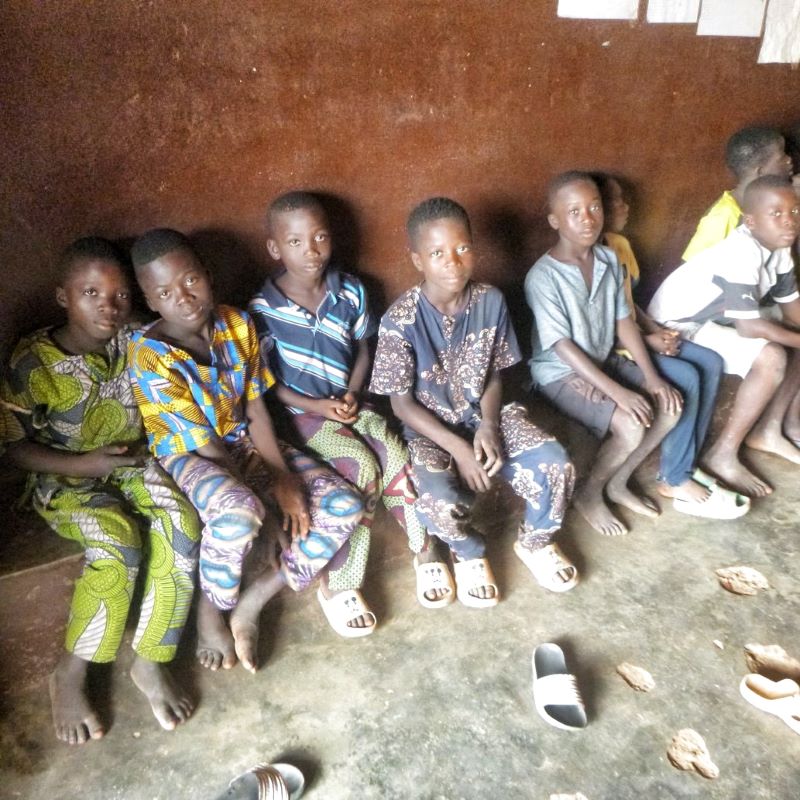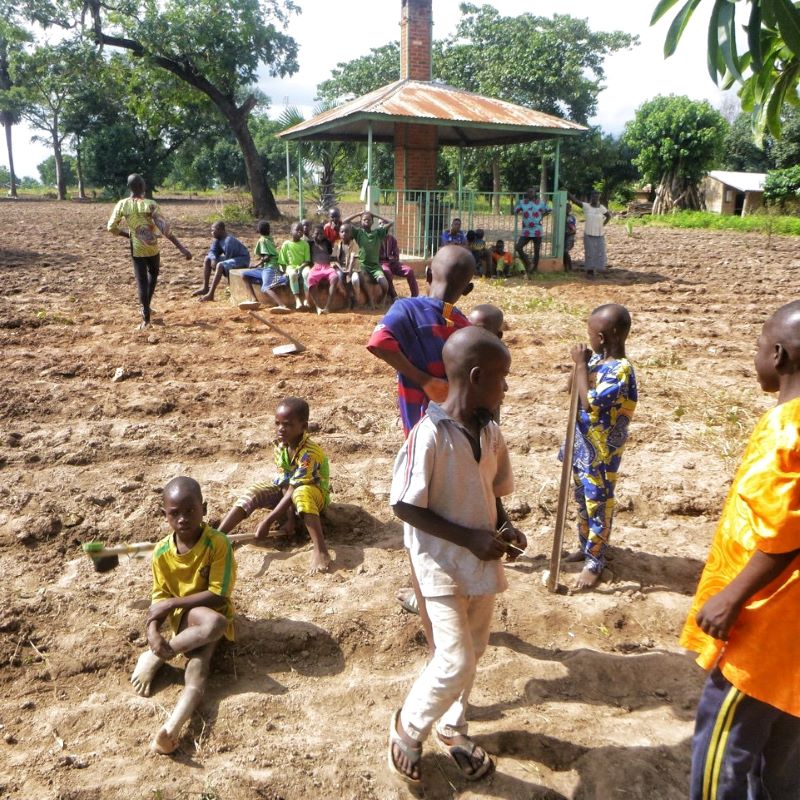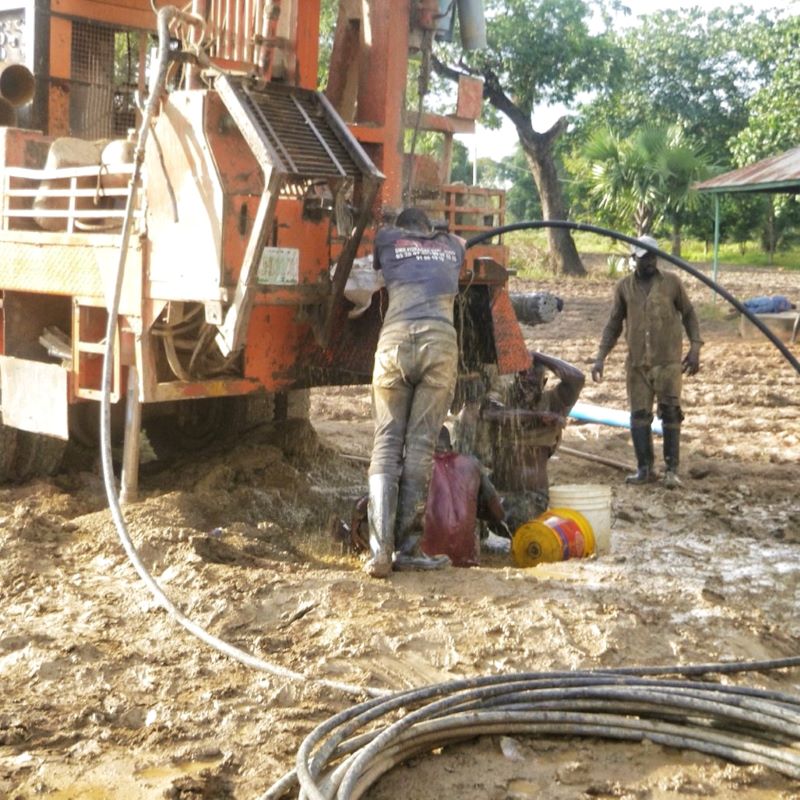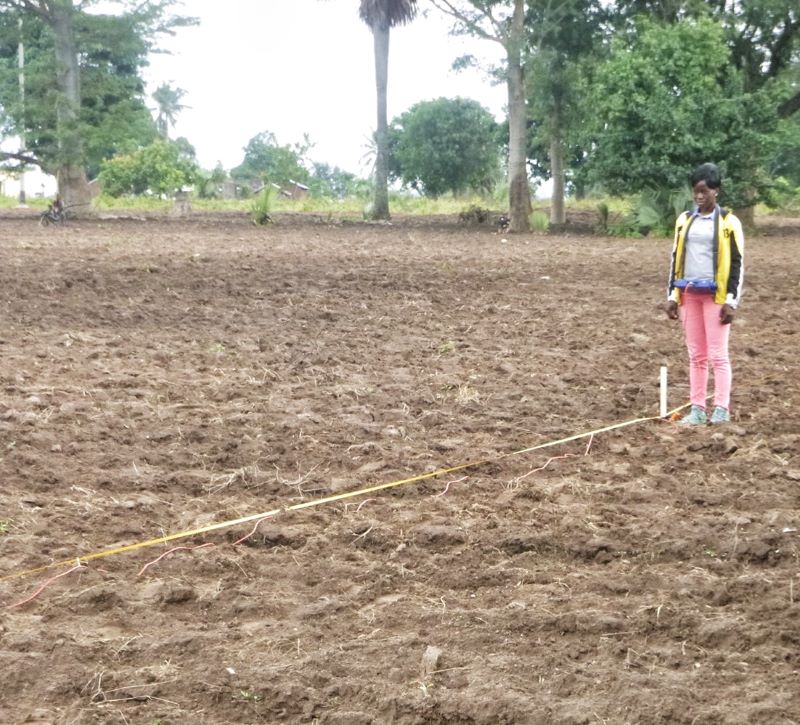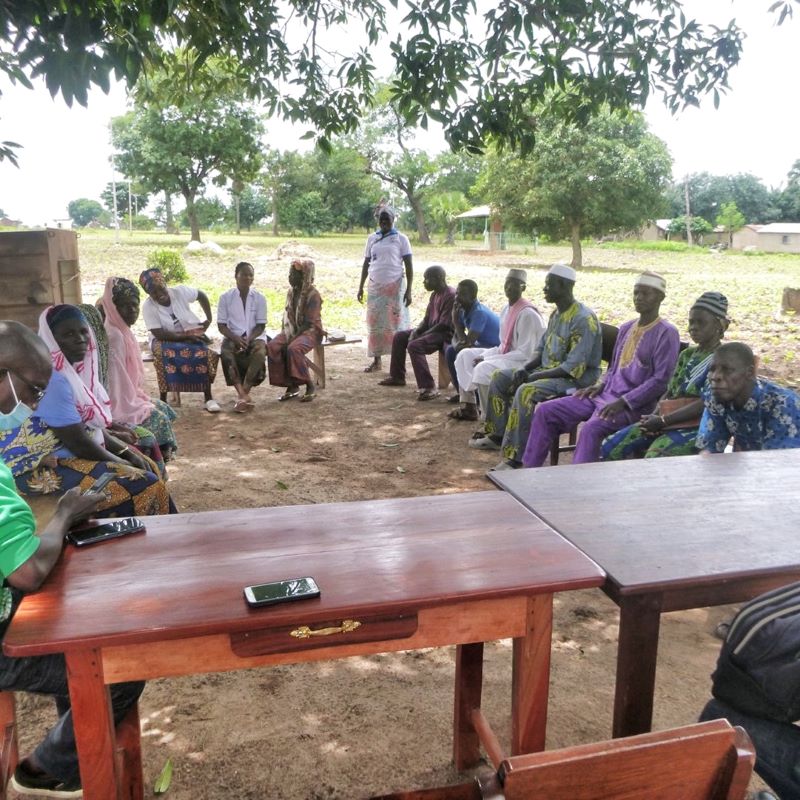This project has been completed. To read about the beginning of the project, CLICK HERE. To read about the SUMMARY OF ROUND 1, CLICK HERE. To read the SUMMARY OF ROUND 2, CLICK HERE.
To read the SUMMARY OF BOREHOLE WELL HYDRAULIC DATA, CLICK HERE.
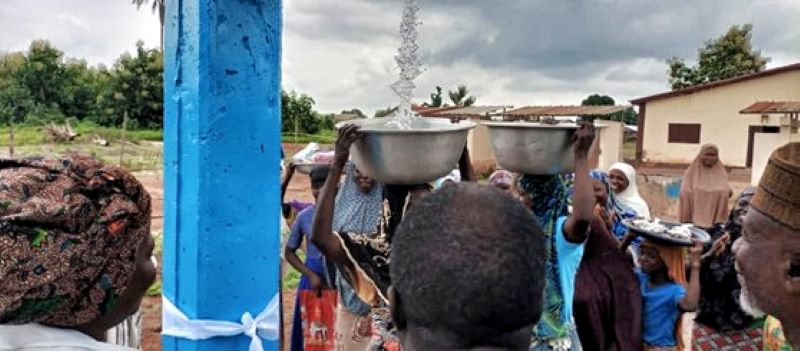
Five additional clinic and community access borehole wells were completed during this final phase, all in the Sotouboua district of the Centrale Region, for a total of (13) clinics in 2022 and (15) in 2018. As with all the prior phases, clinic sites were selected from a list provided by the regional Ministry of Health (and modified by field assessment), implemented by the same local Togolese hydraulic firm (Multi-Ingénieurs Conseil) and supported by the regional Department of Hydraulics (Ministry of Rural Water and Sanitation). Assuming all households in the vicinity utilize the potable water source at the clinic, on average 3,500 more community members will benefit from the potable water provided at the new borehole wells, in addition to several thousand more benefiting as patients, particularly pregnant and birthing women and their relatives. Each of the (13) new sites are now equipped with lab-verified potable water from deep borehole wells ranging in depth from 52 to 145 meters, gravity-fed systems providing running water into the buildings, replacement/repair of indoor plumbing as needed, functioning faucets, water lines to some of the staff housing (paid by the clinic), a faucet outside the clinic for patient relative use and in all sites but one, community faucets on the water tower. The borehole water yields range from 2,150-7,200 liters/hr (with several in Rounds 1 and 2 exceeding 10,000 l/hr) indicating there is ample groundwater to supply all of these villages well into the future. The importance of deep borehole wells cannot be overstated as the majority of water sources in Togo in general are either unfiltered surface water or shallow 3-6 meter deep hand-dug wells where water infiltrates from the surface thereby collecting all of the waste and bacterial content from the land surface or moves laterally in the shallow subsurface from polluted streams or from latrines, buried waste dumps into these household water sources. All of the Water Charity borehole data from the 2018 to the current projects, have been incorporated into the national groundwater database, allowing for the communities served through this rural water project to be supplied with ample potable water well into the future if there are funds allocated to extend the current plumbing infrastructure. Most NGO well installations are implemented without the knowledge or participation of the regional government water agencies thus resulting in poor installation, a lack of follow-up and missed opportunities for augmenting local water supply. Each clinic was provided with a site-specific operation and maintenance manual during the official opening. As with the two earlier phases and those from 2018, the after-birth systems (delineated below with an “*”) includes a simple bucket-flush (except for those clinics with pre-existing flush basin) vessel for after-birth discharge, a dedicated cement-lined septic tank, floor and birthing table drains and functioning indoor plumbing. This may be one of the most important contributions to the clinics themselves, as hygienic disposal of blood and tissue protects the staff and patients against blood-borne diseases, like Ebola. Not to mention, the privacy and hygienic conditions for both the midwife, patient, and relatives. Indoor plumbing of potable water allows the clinic staff and the patient community to benefit from microbial-free water and proper cleaning, anti-septic handwashing and cleaning of surfaces and laboratory equipment. The benefits of bacteria-free water are known the world over. Each borehole well was sampled once drilling was completed and analyzed at the regional government laboratory for microbial and inorganic constituents and the results compare to WHO standards. All (28) borehole wells completed in 2018 and 2022 meet or exceed the WHO standards. The original copies of the lab reports were given to each clinic head. Copies have been provided in all reports submitted by the program lead to Water Charity along with geologic borehole cross sections. While the world, in general, appears eager to “go solar”, the reality in Togo is there is a lack of trained technicians coupled to the very poor quality of imported solar panels. With the exception of very simple arrays designed to light a few light bulbs in the clinics, non-functioning solar panels and by extension malfunctioning solar-powered water pumps are in evidence throughout the region.
SITE NAME OF RURAL CLINIC : Sotouboua Prefecture
To see related videos to this project. Click Here.
BALANKA
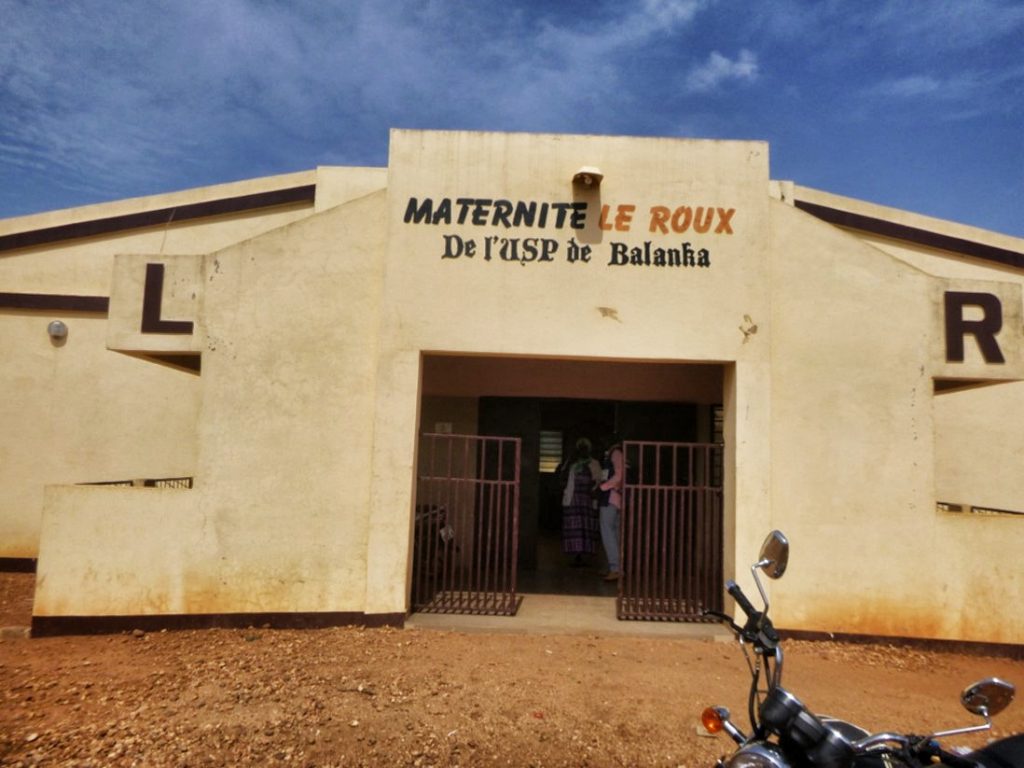
Balanka is situated in the district of Tchamba near the Benin border. Its 10,700 inhabitants are predominantly Muslim of the Anii ethnic group. While a trading center, those not involved directly in commerce are subsistence farmers. The government installed a municipal water system in 2017, which was to provide the clinic with running water however the poor quality infrastructure (broken pipes, poor water pressure and quality) left the clinic and maternity building without running water. The original clinic is of the same manner as most of the project sites; two buildings were built in 1994 of banco brick with an unpotable, open-well water source. In 2017, a new modern maternity building was built by a Togolese member of the community living in France, financed by both his association and his in-laws. Completed in 2018, this modern birthing center is equipped with an ultra-sound machine and several flush toilets and showers, but lacked running water. The only water source was the open well situated between the two buildings. The clinic at Balanka was not on the Ministry of Health list as a center needing water, rather the head midwife who had benefitted from Water Charity’s borehole program in 2018, mentioned the lack of water and the need for a borehole water system, as the sole water source for both the maternity center and clinic was the open well. Given the substantial resources already allocated to build the maternity center (which sees on average 40 births per month), Water Charity added Balanka to the project list with some assistance from the donors in France. There is electric power in Balanka. The borehole yielded 3,200 liters/hr at a depth of 90 meters, sufficient for equipping the two buildings and for the needs of the neighboring households. The cement water tower is higher than at the other sites given the extensive plumbing needed in the maternity center. Given the rather complex plumbing in the maternity building (i.e. numerous toilets and showers), there will be a need for frequent maintenance and upkeep.
AFFOSSALA

Affossala, located in the Tchamba prefecture, is a large village of 10,500 inhabitants comprised of Bagué, the original inhabitants, Kabyé, Losso, Kotikoli, Moba and Peuhl (Fulani), both nomadic and sedentary. All major religions are present, including “les hommes libres” i.e. free men! According to the head nurse! Affossala is divided into (10) neighborhoods, each with their own head. Currently, the village has 4/6 functioning manual borehole wells. The clinic was built in 2005 by Plan International, a typical six-room cement-brick building with plumbing and no water source outside of the non-potable open well. Several years later the well was retrofitted with a metal water tower, a metal water tank, and a manual pump though with the same intermittent open water source. Prior to the current project, the clinic staff utilized a neighboring water source. Affossala has a municipal water project in development and was initially not slated to be included in the present project. However, after several weeks of bantering about with various village and government officials on why the village’s only health center was not prioritized for access to this “public” water system, the clinic head and the regional hydraulic director made a successful push for an independent water source. Municipal water systems in Togo are known for frequent malfunctions, sometimes for months at a time. At the time of drilling, a municipal waterline was in place in front of the clinic implying the neighborhood would receive community water. Early meetings with the community indicated there was little interest in assisting the clinic with the purchase of petrol for the generator or repairs. Given this and the presence of borehole wells nearby, the Affossala clinic was not equipped with community faucets on the water tower. Drilling down to a depth of 92 meters with a water yield of 2,150 liters/hr assures both potability and a long-lasting water source. The water system is the sole use of and responsibility of the clinic staff and patients. The pump is operated by a gas-powered generator. Affossala may be electrified in the coming year at which time the water pump can be converted to run-on electricity.
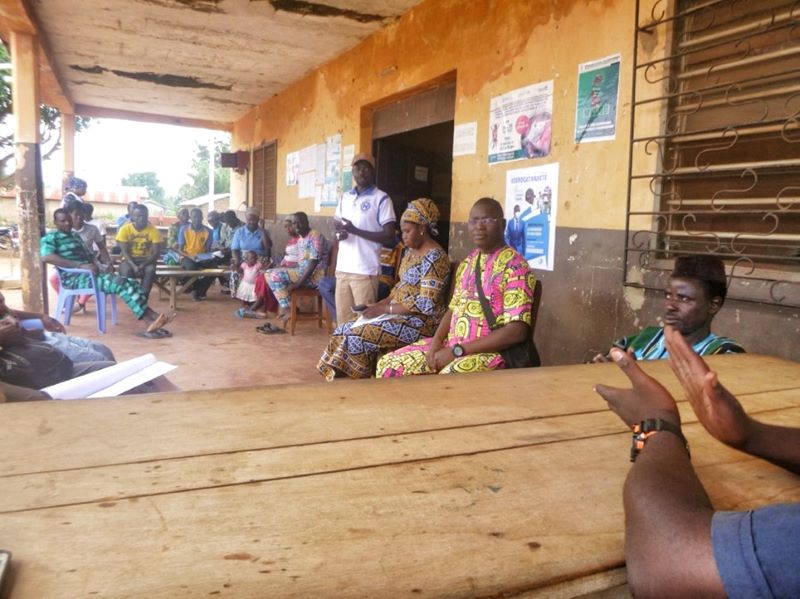
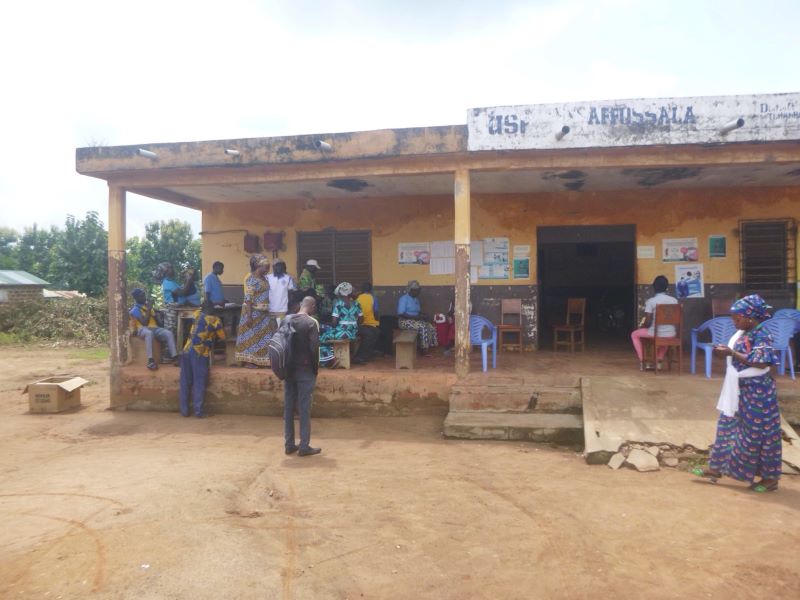
KAZABOUA
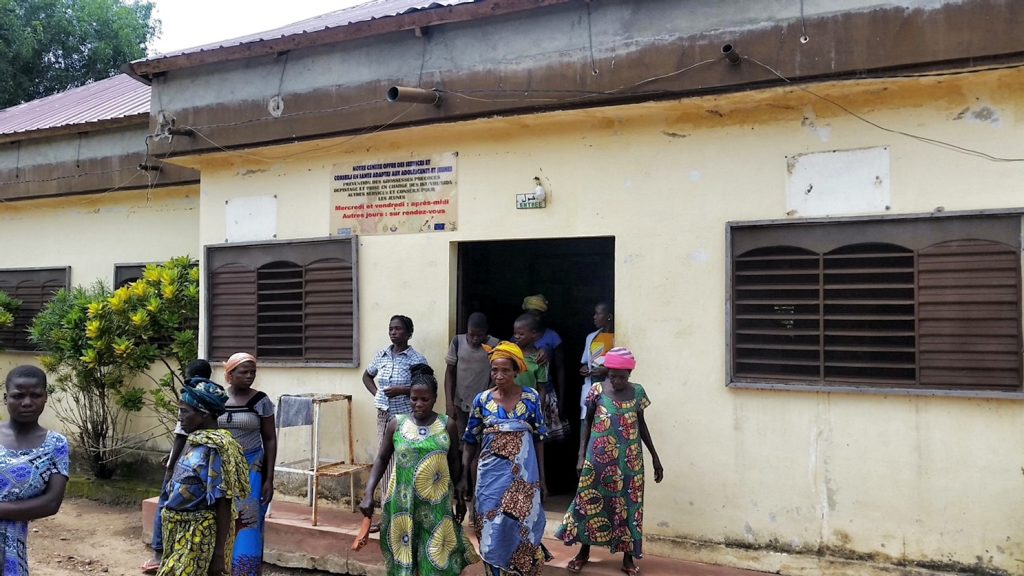
The seat of the Canton, Kazaboua is comprised of (8) villages. The clinic was built in 2009 by an Arab NGO with the usual open-well water source. At the time of the initial visit, there were no borehole wells in the village of 6,500 inhabitants. As with the other villages, the population if of mixed ethnicity and religion, and subsistence farming (maize, yam, peanuts, soya and sorghum) the primary occupation with household livestock. The household are both dispersed i.e. homes adjacent to fields or grouped together. During the cultivation season (May-September) the number of people accessing the clinic well increases. There are few latrines in the village and none at the clinic. The clinic, with the assistance of the village, in 2019, installed a submersible pump to install running water into the building in addition to an after-birth discharge system. The clinic was listed as having water and was omitted from the list of planned projects until a visit indicated the source of water inside the clinic was from the non-potable open source well. There is electric power in the village. The borehole pump test yielded a high volume of water (6,700 l/hr) at a depth of 60 meters, sufficient to allow for an expansion of community access points in the future.
FAZAO
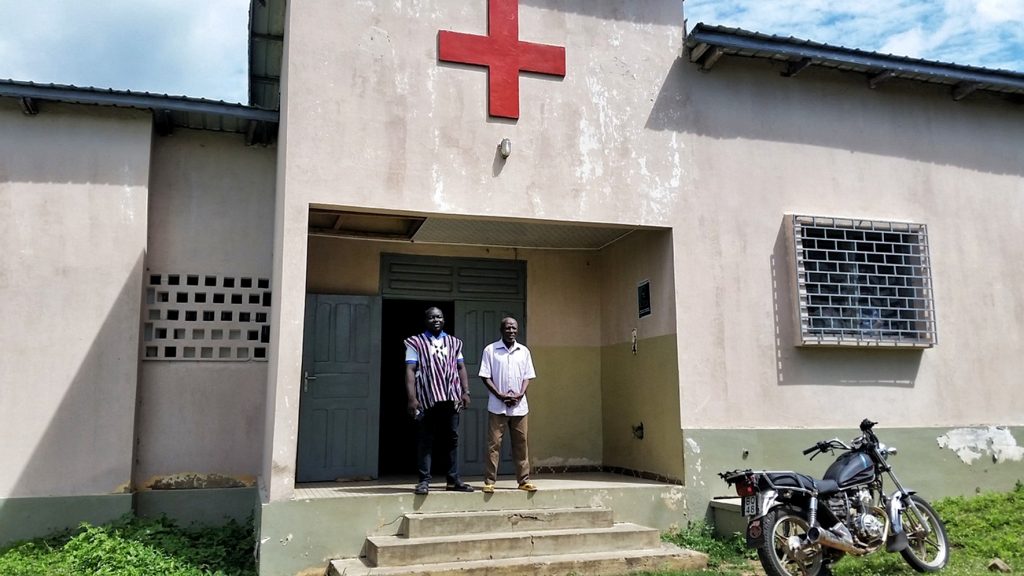
Fazao, one of the most scenic villages, is situated next to a large natural reserve along the foothills of the Fazao mountains. The original settlement in this region of Sotouboua, Fazao is a Muslim community of cultivators and herders. Predominantly members of the Kotokoli and Tem ethnic groups (unusual in an area comprised mostly of Christian and animist Kabyé), the village has benefited from assistance from some of its members in Europe, part of the so-called “ Diaspora”. However, once again, the lack of oversight and poorly trained personnel resulted in failed water projects throughout the village. The clinic was built in 1992 and remodeled in 2017 with funds from the diaspora. There are (6) borehole wells in Fazao though currently, only three are working. Until very recently, there were no residential clinic staff in Fazao. As a result, the patient attendance is very low compared to other clinics however with the installment of a full-time nurse and midwife assistant, the number of patients seen at the clinic are rising. The community and its leaders are more motivated than many other project sites in addition to the community members willing to pay for water, an important element for the clinic as there is currently no electric power in Fazao thus requiring the purchase of diesel to run the pump generator. There are newly installed power poles in Fazao implying the village will be connected to the power grid sometime soon. There are no lights in the clinic as the existing solar panels are no longer functioning. Nighttime Patient care and births are illuminated with cell phones. The borehole well yielded 5,300 liters/hr at a depth of 90 meters, far above the current clinic needs, however, the water shortage in the surrounding households and in the village, in general, will be adequately met now and into the foreseeable future as the population of Fazao increases.
MELAMBOUA

Melamboua is on the road to Fazao, one of the project sites in the district of Sotoubou. Another old clinic was built in 1990 by the NGO Plan International. A typical 6-room brick building without electricity or potable water, serving a population of 5,500 inhabitants scattered about (14) villages. The existing water source is the standard shallow open well used by the nearby households. In 2016, according to a plaque on the metal tower, the Red Cross added the water tower, a hand crank pump, and plumbing into the building however no changes in the water source, which remained non-potable. The entire apparatus ceased functioning within the year. The village is comprised predominantly of Kabyé ethnic group however there are both nomadic and sedentary Fulani. A high water yield of 7,200 liters/hr was reached at 60 meters, sufficient to supply the community with potable water for several years to come assuming the water system is well maintained. While the clinic did not have electric power at the start of the project, the regional Ministry of Health director accelerated the positioning of an electric meter and within a few weeks of the center had electricity and the water pump was hooked up accordingly.
